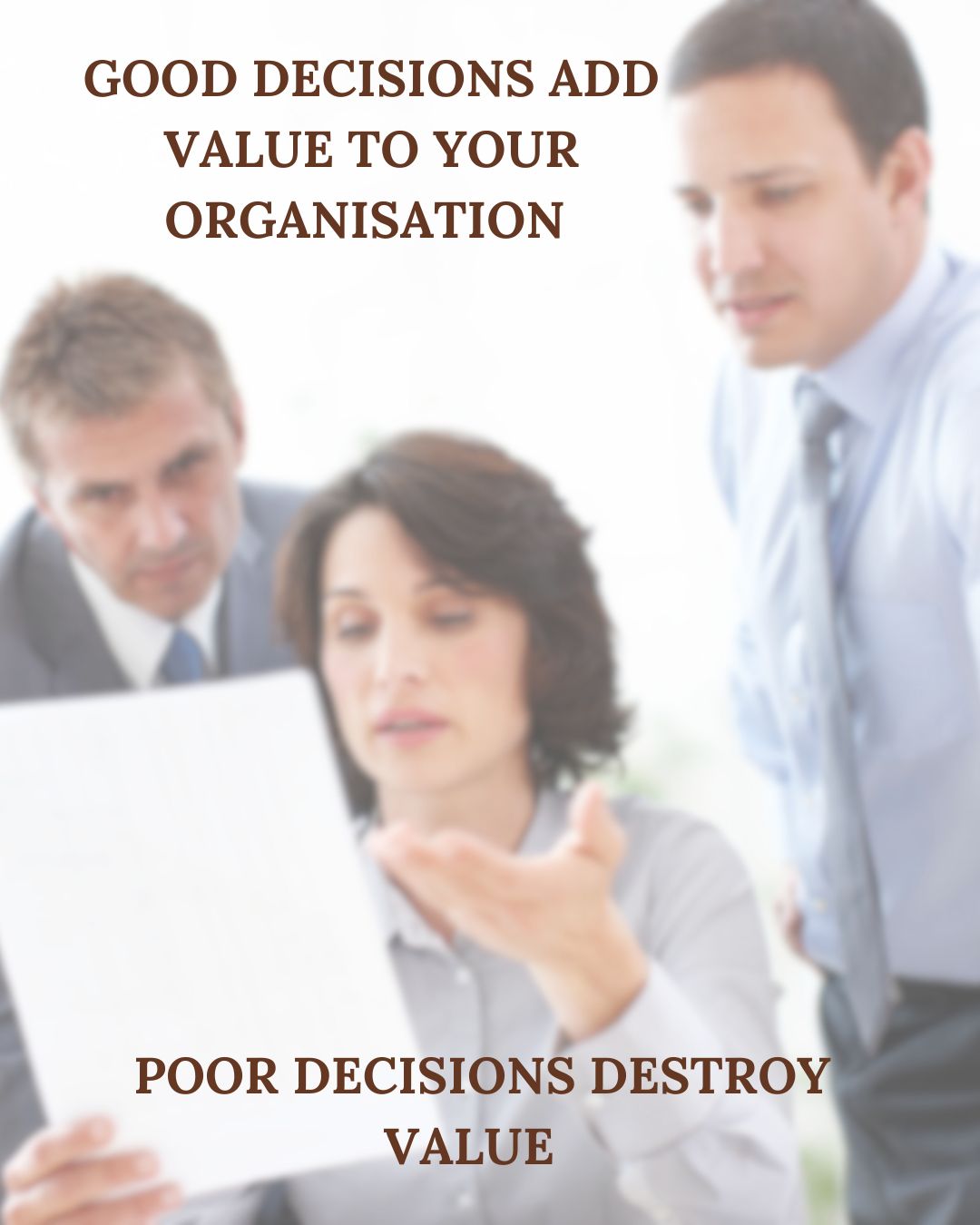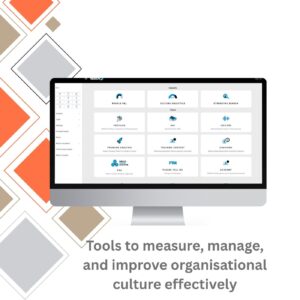One of the most important responsibilities of any leader is making decisions.
Good decisions add value to your organisation and strengthen your credibility as a leader.
Poor decisions destroy value and can stall your career.
Most leaders make good choices during their normal day-to-day operations. But what happens when you’re faced with a complex challenge that requires deeper analysis and stronger problem solving skills? That’s when you need a reliable problem solving model that helps you think clearly and make confident choices.
In today’s fast-paced business world, the ability to apply critical thinking in leadership has become a competitive advantage. Great leaders aren’t just lucky, they’ve learned how to make better decisions by using structured, strategic approaches like S.O.C.I.O. Decisions, a proven decision making model developed through years of leadership practice.
Why Decision-Making Matters More Than Ever
Whether you’re leading a small business or a large organisation, business decision making in Australia is becoming increasingly complex. Leaders face constant pressure to act quickly while navigating uncertainty, limited information, and competing priorities.
That’s where strategic decision making comes in. When leaders use a consistent, rational framework, they not only make better choices, they also improve team confidence, accountability, and collaboration.
The best leaders use emotional intelligence in decision making, maintaining calm and clarity even under stress. They know that effective leadership isn’t about reacting emotionally, but about responding rationally and strategically.
Introducing S.O.C.I.O. Decisions — A Proven Problem-Solving Model
At Team Focus Plus, we’ve been refining decision-making and problem solving techniques in Australia for over 30 years. One of the most effective frameworks we use with clients is called S.O.C.I.O. Decisions.
It’s a structured, easy-to-follow problem solving model that helps leaders analyse situations, identify priorities, and make confident decisions even when the pressure is high.
S.O.C.I.O. stands for:
S – Situation
O – Outcome
C – Critical Issues
I – Ideas
O – Options
By following these five steps, leaders can turn confusion into clarity and make decisions that deliver real results.
How It Works
1. Situation
Start by clearly defining the situation you’re dealing with.
This helps ground your thinking and prevents overreaction. Many leaders overestimate a problem’s scale, but revisiting the facts brings perspective and control.
2. Outcome
Next, define what success looks like.
By clearly identifying your desired outcome, you perform a simple gap analysis identifying the distance between where you are and where you want to be.
3. Critical Issues
List the critical issues that might impact your ability to move forward.
Then, convert those issues into questions such as “What if we can’t secure funding?” or “How can we meet the deadline with current resources?”
This reframe programs your brain to find solutions rather than fixate on problems, a hallmark of effective leadership decisions.
4. Ideas
Now brainstorm freely.
This is where innovation lives. Encourage diverse input from your team and don’t judge the ideas yet, the more creative, the better.
5. Options
Evaluate the brainstormed ideas and identify the realistic, actionable options.
These become your next steps, the foundation for workplace decision making that leads to stronger outcomes.
Once you’ve completed these steps, you’ll be equipped to make a rational, informed, and confident decision.
Why It Works for Australian Leaders
The S.O.C.I.O. Decisions model is trusted by leaders across industries because it blends logic, structure, and adaptability, three core elements of leadership development in Australia.
It provides a shared framework for teams to discuss complex issues, promotes clarity in thinking, and encourages constructive collaboration. Whether you’re tackling a strategic challenge or managing day-to-day priorities, it turns reactive leadership into proactive problem solving.
In essence, it helps leaders apply emotional intelligence in decision making combining clear thinking with empathy and awareness to achieve balanced, effective outcomes.
Build Better Leadership Decisions
Strong decision-making doesn’t happen by chance. It’s a skill one that can be learned, practised, and strengthened.
If you’re looking to improve problem solving skills in Australia, or want to embed a reliable, proven decision making model into your organisation, Team Focus Plus can help. Our leadership development programs and strategic decision-making workshops are designed to build capability, confidence, and collaboration.
Ready to transform the way your leaders think and decide?
Download the S.O.C.I.O. Decisions Model
📞 Call Team Focus Plus on 1300 551 274 or
📧 Email team@teamfocusplus.com
to discuss how our leadership programs in Australia can help your business grow from good to exceptional.
Or call me directly: Ross Judd – 0412 490 250
Stay Connected
Sign up for our newsletter to get updates on upcoming workshops and transformational leadership programs.






